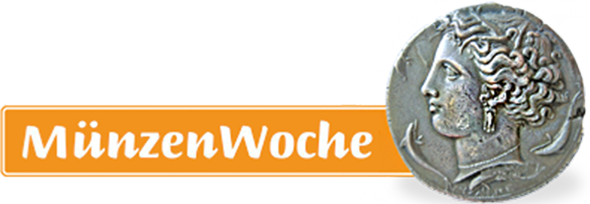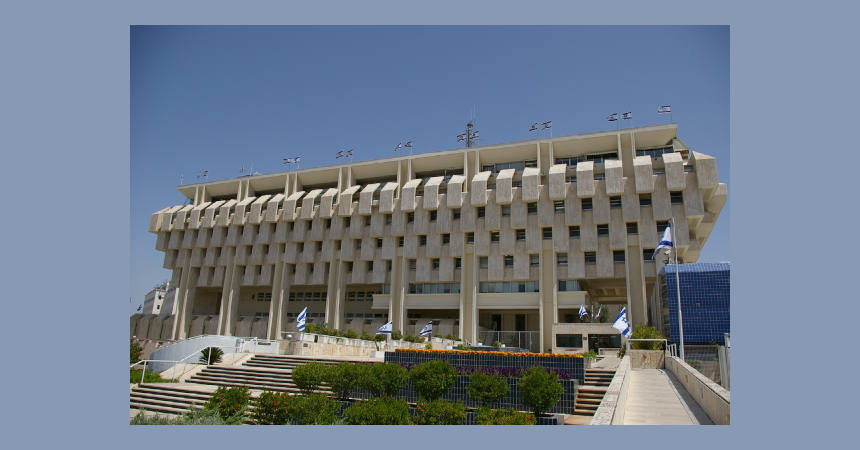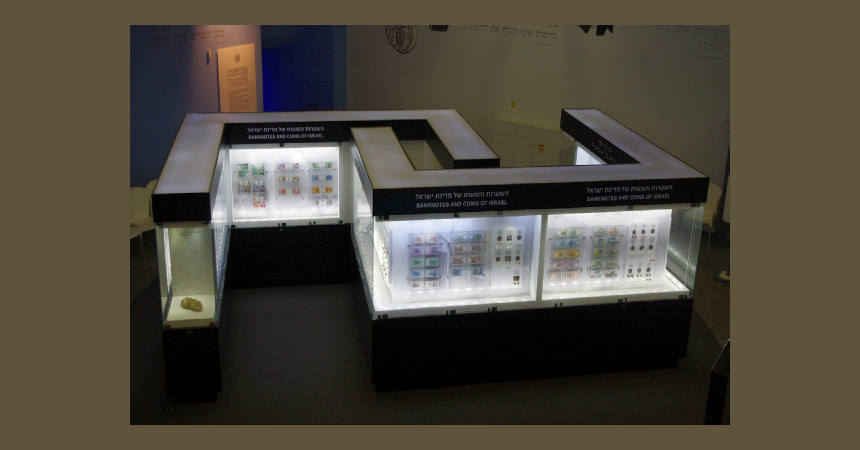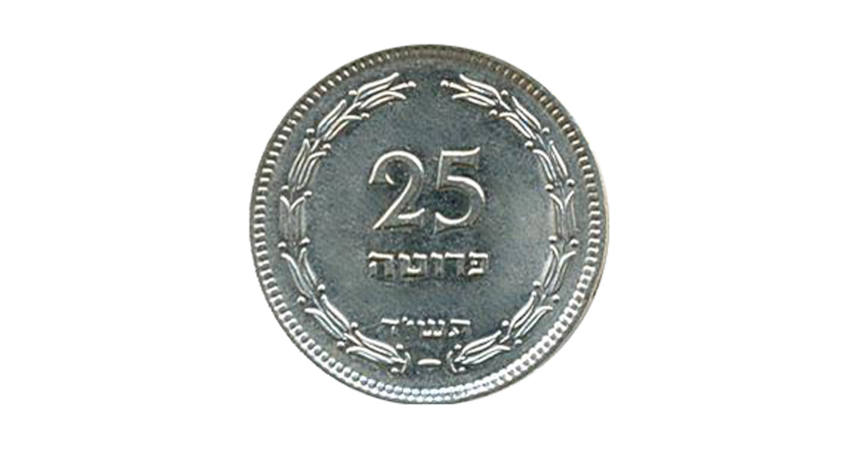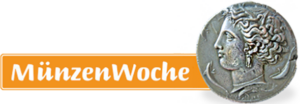Bank of Israel Visitor Center
Wenn es kein Logo gibt, wird diese Spalte einfach leer gelassen. Das Bild oben bitte löschen.
(Dieser Text wird nicht dargestellt.)
2 Kaplan Street, Giv’at Ram
Jerusalem, Israel
Tel: +972 (0)26552211
The Bank of Israel has been the country’s central bank since 1954, succeeding Bank Leumi Le-Israel B.M. Its Jerusalem headquarters are located among the major governmental buildings, including the Knesset (parliament), Supreme Court, and the office of the Prime Minister across the street.
A Mirror of Ancient and Modern Times
The Visitor Center, whose exhibition is titled, “Money—A Mirror of Ancient and Modern Times,” has 18 bilingual displays (Hebrew and English) and nine interactive computer screens. The exhibition serves to familiarize the public with the Bank’s main functions as the central bank and its contribution to Israel’s economy, along with both a historical development of money in Israel and the reflection of Israel’s heritage in the design of its banknotes and coins.
- A visit is instructive and interesting, and incorporates three features:
- An exhibition of ancient coins, banknotes and coins issued from pre-state days to the present.
- Interactive stations which explain, by means of computer games, the functions of the Bank of Israel, the history of money, and the contribution of the central bank to the economy.
- Films on the development of the means of payment and the essential role of the Bank—the preservation of price stability.
Gallery in the Shape of New Israel Shekel
In the shape of the currency symbol for the new Israel shekel (₪), the gallery’s lower level shows the history of means of payment and the conduct of trade during various periods—from the pre-coin periods, via the invention of the first coins in the 7th century BCE up to the present day. The exhibition focuses on coins in circulation in the Land of Israel down the centuries. Visitors see the first coins minted by the Lydians in western Asia Minor and coins from ancient Greece, the civilization that pioneered the widespread use of coins. Alongside these are coins of the Persian Empire—of kings of Persia and of Judean cities from the Persian period in the 4th century BCE. Ancient coins are shown in chronological order, from the Hellenistic, Roman, and Byzantine periods to the Ottoman era, with emphasis on Jewish coins from the Hasmonaean and Herodian periods, and from the time of the Jewish rebellion against Rome and of the Bar Kokhba war.
Alongside ancient coins are two hoards, one found in the wreck of a sunken vessel, and the other, the savings of a wealthy inhabitant of Maresha, unearthed in archaeological excavations near Beth Govrin. The exhibition also displays all of Israel’s banknotes and coins from the British Mandate period to the present day. Next to each coin is a photo of the ancient coin on which the motif of the modern coin is based. All Israel’s modern coins, from the very first mintage in 1948, are modeled after ancient Jewish coins or other Jewish archeological artifacts.
Emergency Money
A separate display presents emergency money printed in Jerusalem by the British Mandate Government in the early 1940s. Visitors can see trial print runs and original artwork for banknotes that were never put into circulation and were destroyed; these are specimens of the only banknotes ever printed in Jerusalem.
The exhibition covers various other topics, such as money substitutes used in ancient and contemporary civilizations. Many of the 400 items in the exhibition are exclusive to the Bank of Israel collection.
The Archaeology Wing of the Israel Museum is nearby at 10 Ruppin Blvd., and a visit there is highly recommended.
This text was written by Howard M. Berlin and first published in his book Numismatourist in 2014.
You can order his numismatic guidebook at Amazon.
Howard M. Berlin has his own website.





